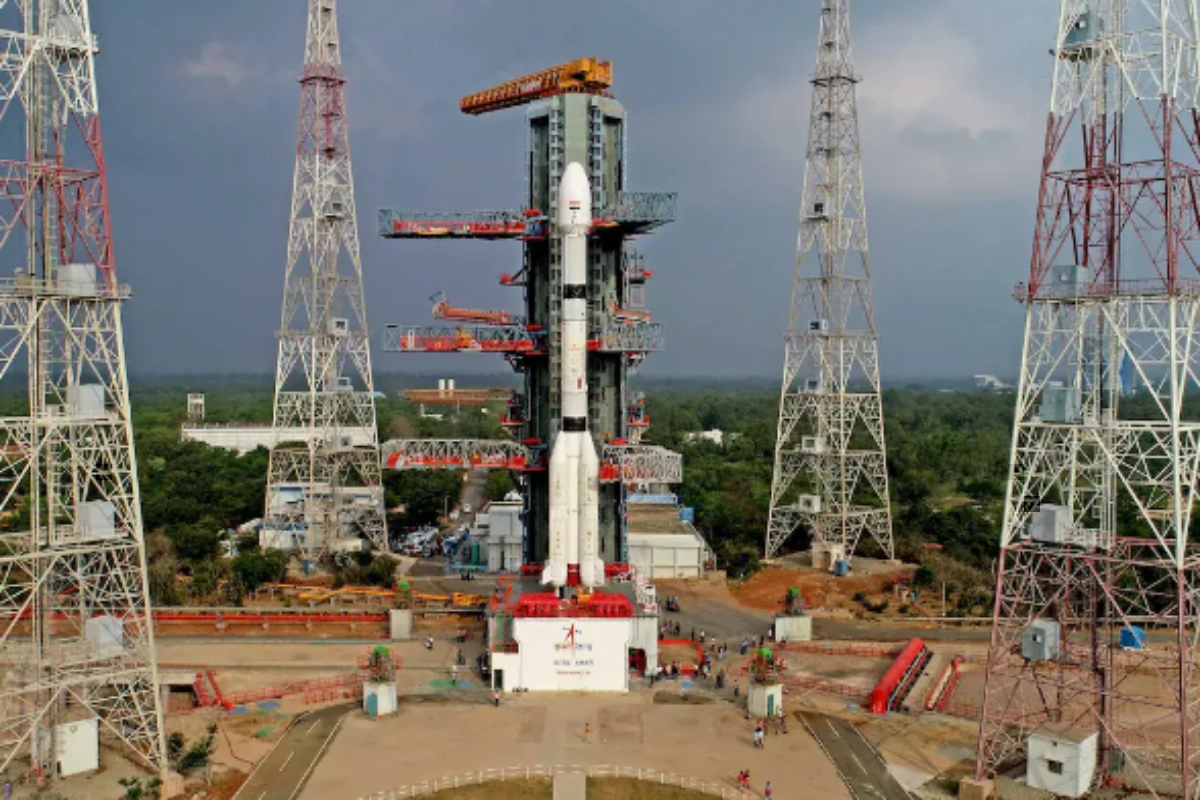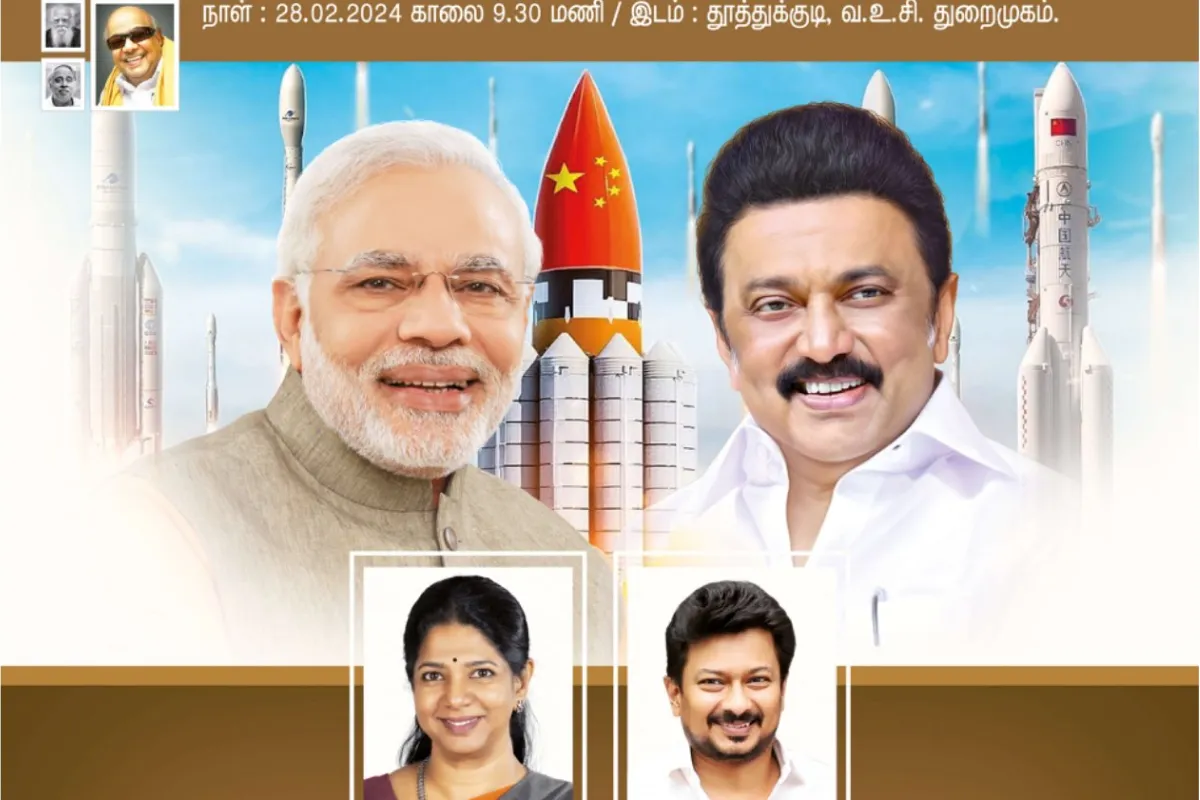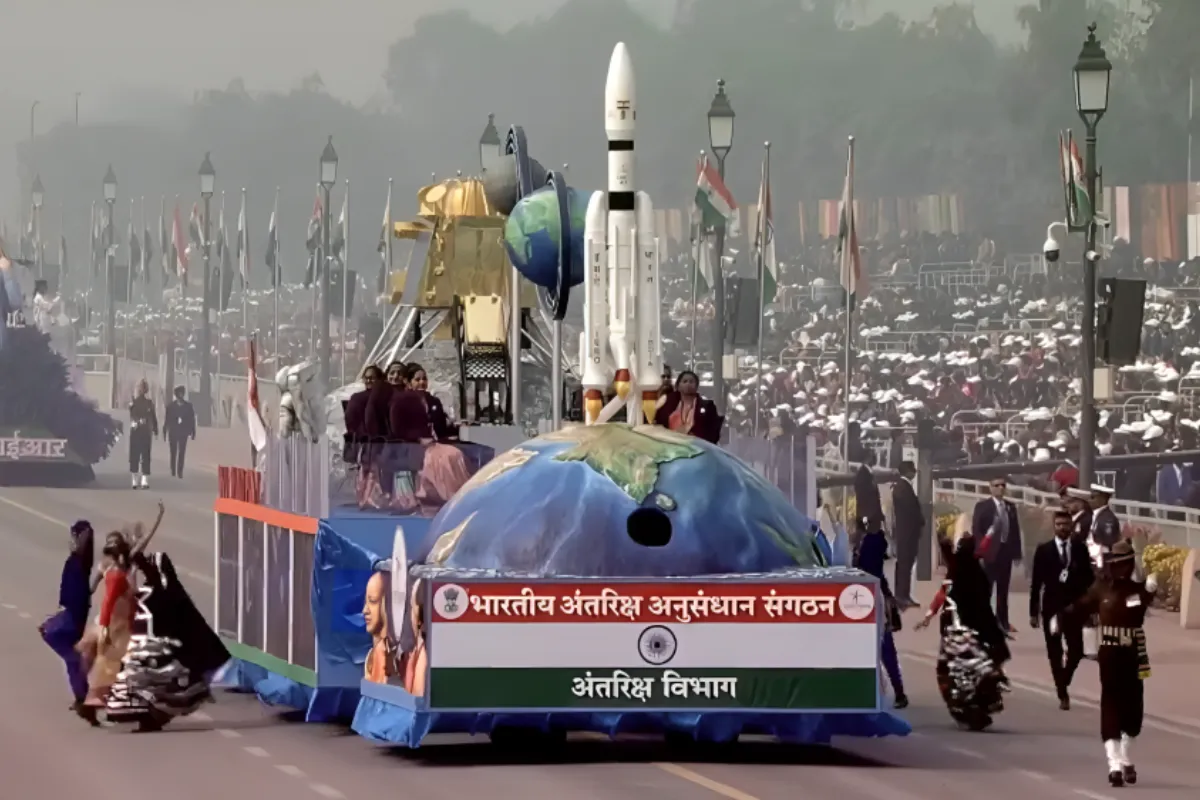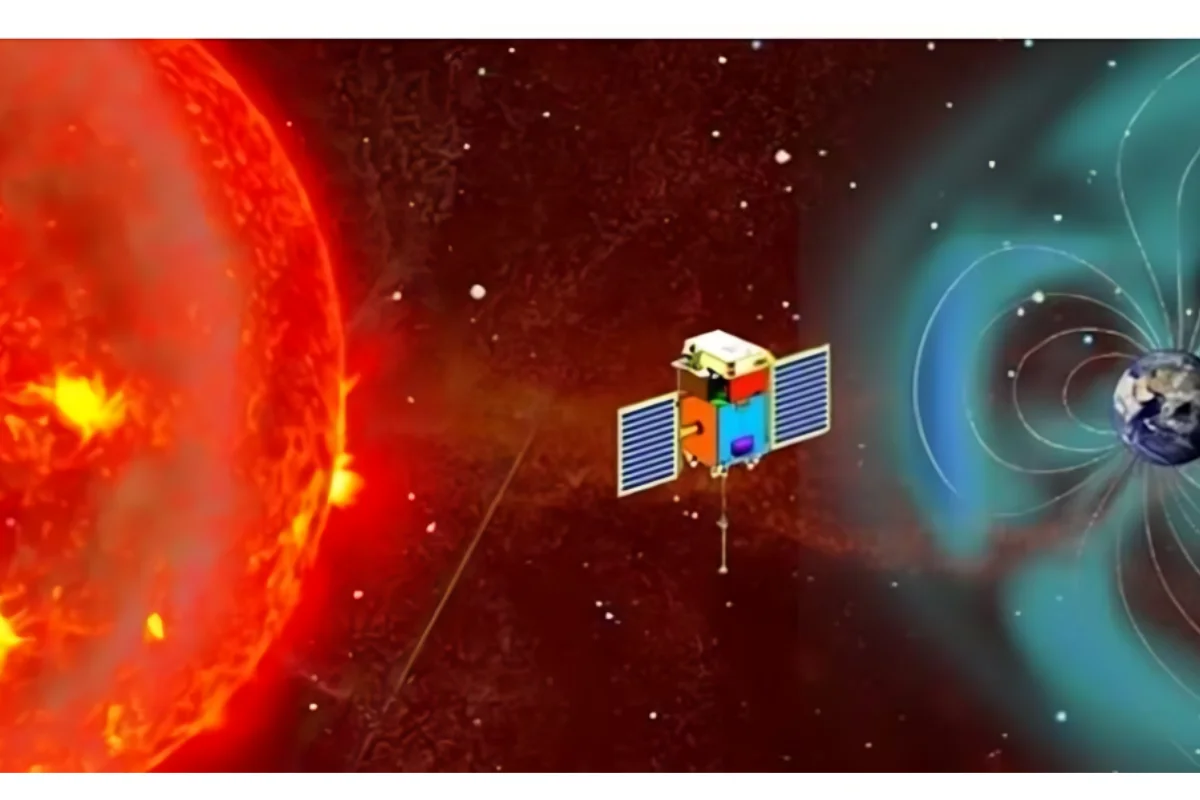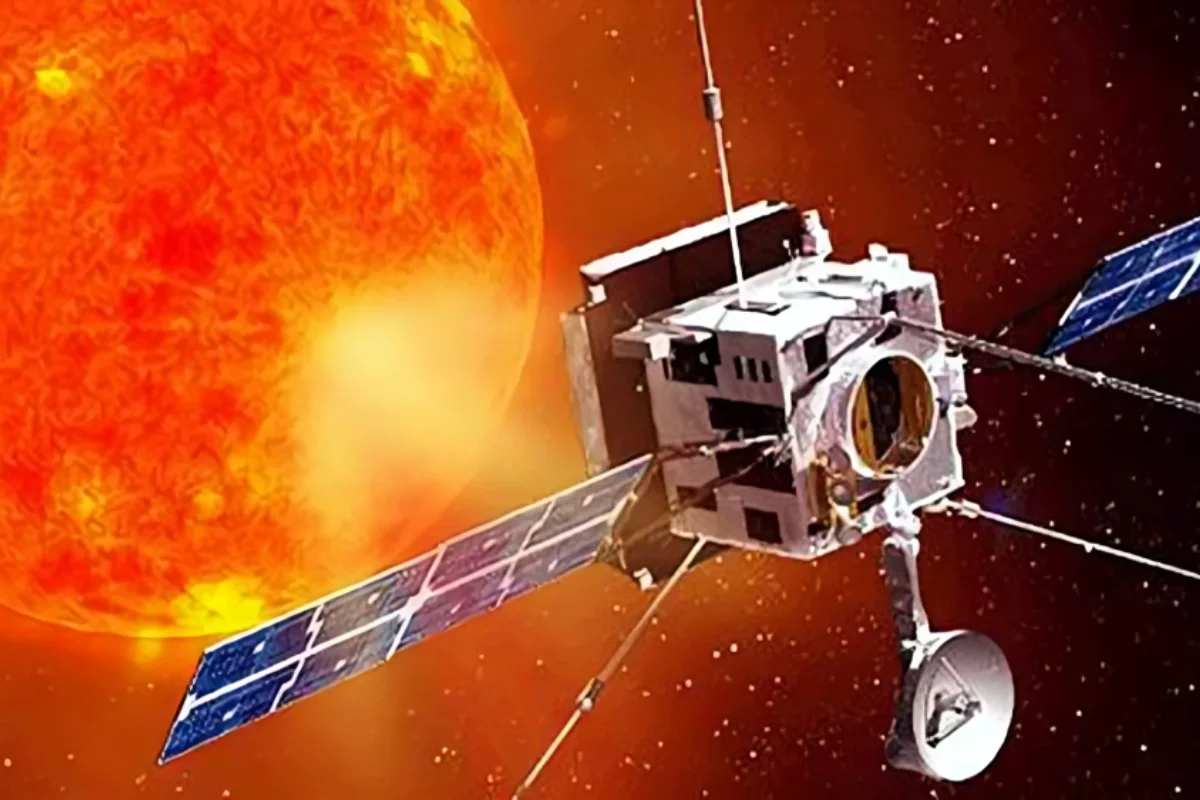ISRO: With the intention of providing more precise and educational weather forecasts and alerts for natural disasters, the Indian Space Research Organisation (ISRO) will launch its meteorological satellite INSAT-3DS atop spacecraft GSLV F14 on Saturday evening.
Countdown to Precision
According to a notification from the Indian space agency, the INSAT-3DS will be launched on February 17 at 5:35 p.m. from the Satish Dhawan Space Centre (SDSC-SHAR) in Sriharikota, Andhra Pradesh, aboard the GSLV F14 rocket.
The INSAT-3DS satellite is to be launched into the Geosynchronous Transfer Orbit (GTO) on this, the Geosynchronous Satellite Launch Vehicle’s (16th) space mission. This project, which represents a significant milestone in India’s space exploration efforts, has been fully financed by the Ministry of Earth Sciences.
Precision Forecasting Unleashed
India’s space agency is quite excited about the launch of INSAT-3DS because this satellite can investigate the ocean’s surface and produce very accurate weather forecasts, which can help prevent disasters.
India’s meteorological agencies rely heavily on the INSAT-3DS launch, but the carrier GSLV F14—dubbed the “naughty boy” of India’s space agency—has a history of malfunctions.
GSLV F14’s Space Ballet
The INSAT-3DS meteorological satellite will be launched into space by the GSLV F14 spacecraft on its sixteenth mission. But according to a former ISRO chairman, the spacecraft is the “naughty boy” of the Indian space programme.
The GSLV has a 40% failure rate and has seen a number of delivery-related issues in the past. GSLV F14 has experienced issues in six of its fifteen space missions to date. This spacecraft was part of a successful mission that concluded in May 2023, however the previous mission had ended in failure.
Elevating Meteorological Capabilities for a Safer Tomorrow
The mission GSLV-F14/INSAT-3DS, scheduled for Saturday, is intended to support the current INSAT-3D (launched in 2013) and INSAT-3DR (September 2016) missions by continuing to provide enhanced meteorological observations, monitor land and ocean surfaces for weather forecasting and disaster warning, and provide satellite-assisted research and rescue (SAR) services, among other things, according to the ISRO.
Keep watching our YouTube Channel ‘DNP INDIA’. Also, please subscribe and follow us on FACEBOOK, INSTAGRAM, and TWITTER.


